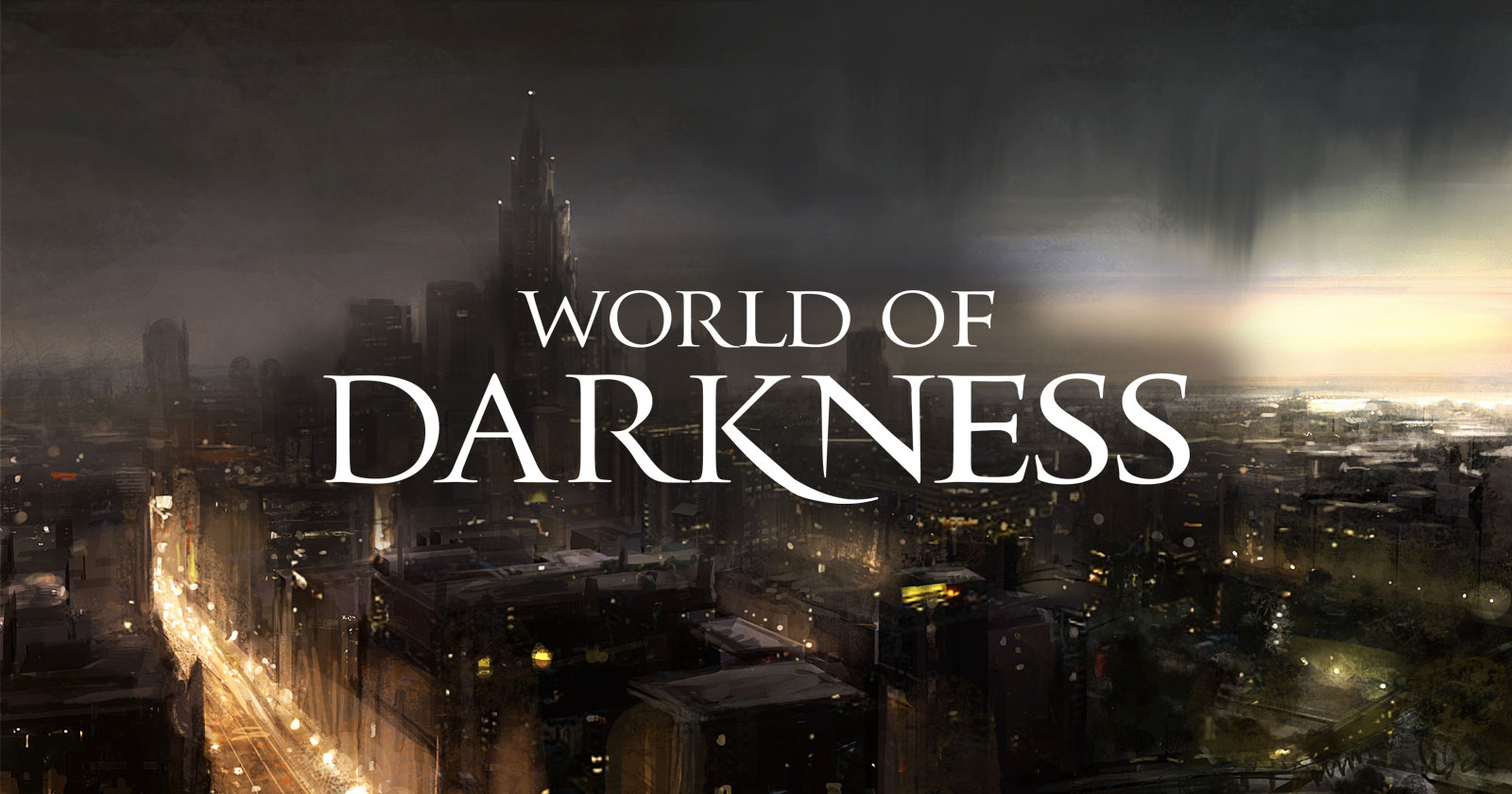The Anarch
Traditional Strongholds: Los Angeles, San Diego, San Francisco
Nominally a faction within the Camarilla, most “Anarchs” are still under the authority of the Ivory Tower. The Camarilla would say that the Anarchs are under the protection of the Sect, while the Anarchs would likely call it oppression. Still, many in the Anarch Movement understand the usefulness of the structure, with only the most radical calling for total withdrawal from the Camarilla. The Anarchs seek to change the Ivory Tower from within, turning it into the benevolent Kindred society it so often claims to be.
What needs to change? Ask twelve Anarchs, and you’ll get thirteen different answers. They agree that change needs to happen, but they aren’t collectively committed to any particular plan. Common threads pop up, such as the redistribution of power from the elders to all vampires, and for political authority to be based on merit rather than age. Whether those changes come through passionate debate in Elysium or guerrilla action against specific elders, however, depends on the Anarch in question. Unlike the Sabbat who rebel because vampires should be superior, the Movement’s goals are at least nominally egalitarian.
Naturally, it’s that very sense of equality that makes the Anarch Movement so dangerous to vampire society. This resistance to change isn’t unique to the Camarilla; elders in the Sabbat or the independent Clans have just as little desire to relinquish their power, and ancillae have worked equally hard to be next in line for the elders’ station. If the Anarch rhetoric takes hold, all that work will have been for nothing. So it’s not surprising that Anarchs spend much of their time frustrated, and they tend to adopt a siege mentality.
Despite their integration within the Camarilla, the Anarch Movement is essentially a Sect, although they don’t have the level of organization that would keep them from being on the same level as the Camarilla, Sabbat, or the independent Clans. The only thing that unifies them is that they know what they don’t want to be. That’s helpful as a rallying call, but doesn’t work well as an organizational chart. Moreover, structure quickly leads to stagnation, and that’s exactly what the Anarchs are against.
That doesn’t meant that Anarchs are against organization, however. Despite their name, not all Anarchs are actually anarchists; many seek to change the Camarilla or the Sabbat into some sort of new structure, usually based on mortal governmental ideas. Most of these structures tend to revolve around some form of democracy, but variations of neo-feudalism and even fascism have been tried (with varying success) throughout the Movement. One of the few things that Anarchs seem to agree on is that at some point there needs to be someone at the top, and that vampire is commonly called the Baron (p. 25).
But it’s only been recently that the Anarchs have been able to have any kind of common identity. After the Second Anarch Revolt in 1944 that led to the creation of the Anarch Free State in California, the Revolutionary Council decided to adopt a set of principles of self-governance for the Free State before dissolving itself — the “Status Perfectus,” or “The Perfect State.” This was a revolutionary document, the first to state the Anarch dream clearly and unequivocally in modern times.
It called on Anarchs everywhere to protect one another, regardless of Clan affiliation. It promised a Kindred nation free of political oppression and elder prejudice, and swore to extend that freedom to all Kindred everywhere. They declared that free will, or “libertas,” is an inherent part of Kindred spiritual nature, and that all vampires must work to free themselves from the forces that would rob them of their libertas.
Some Anarchs disagree with parts or the whole of the Status Perfectus, but it has proved to be a massively influential document for the Movement, and the closest the Sect has had to a unifying set of principles. Regardless, what the Anarchs lack in organization, they more than make up in passion. From the most in-your-face angry neonate punk to the most eloquent and soft-spoken intellectual, Anarchs are collectively driven, which provides a momentum that most Kindred simply aren’t used to.
Even more terrifying to most vampires, the Anarchs appear to actually believe in what they say. Elders try to pass it off as naiveté or inexperience with the Jyhad, but these young vampires seem to accomplish things that centuries of manipulation and power couldn’t do. And change terrifies those in power. The Anarch Revolt from centuries ago is flaring back up in the modern nights, and many Anarchs think the time has come for them to take the night back.


Comments